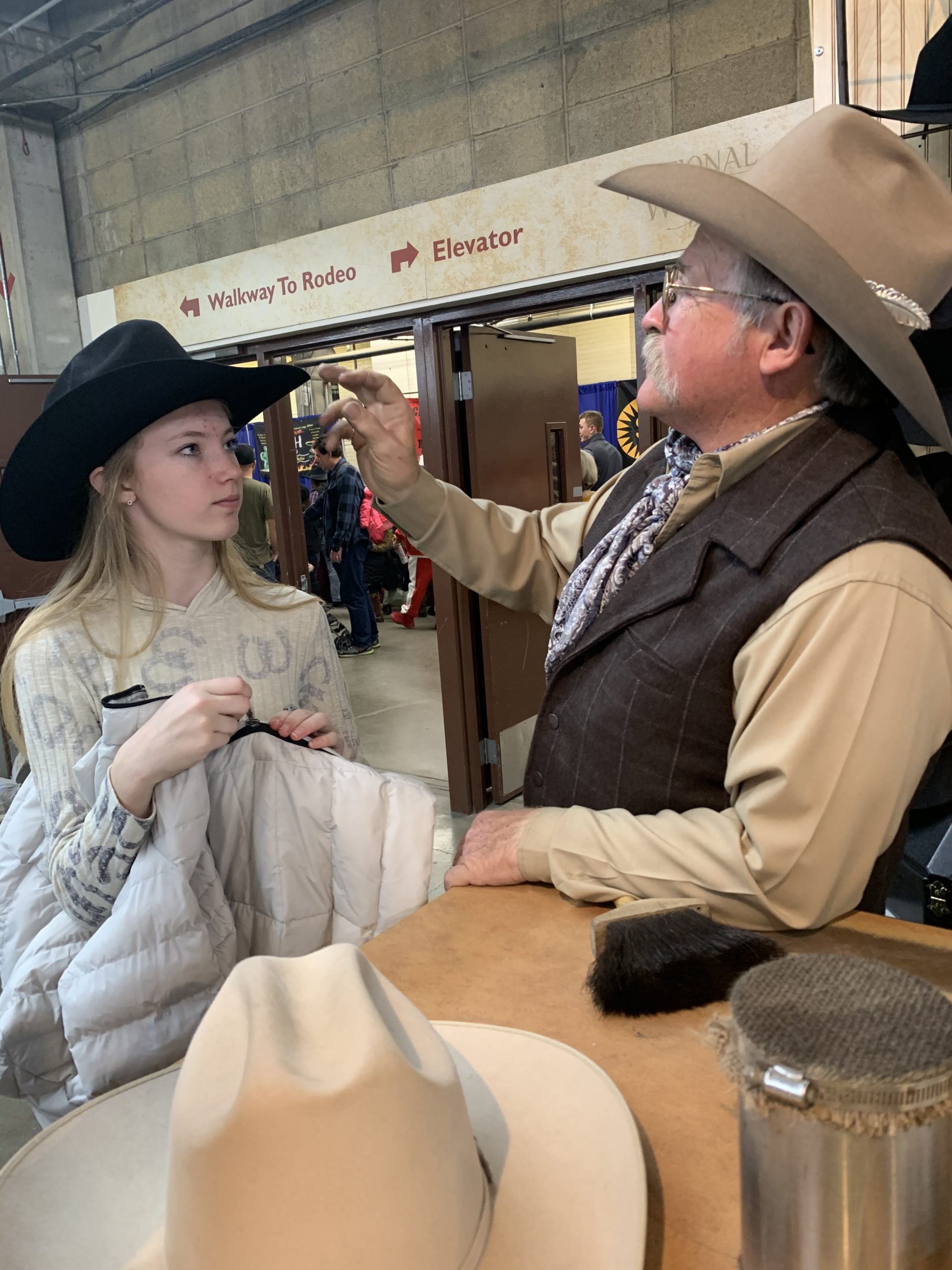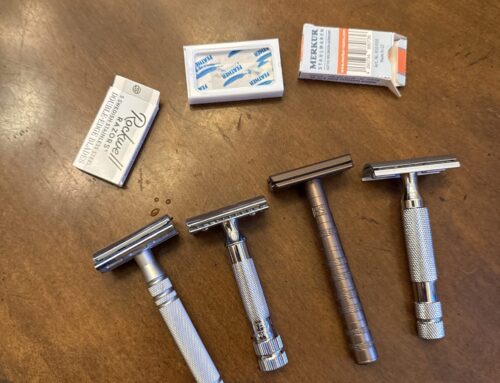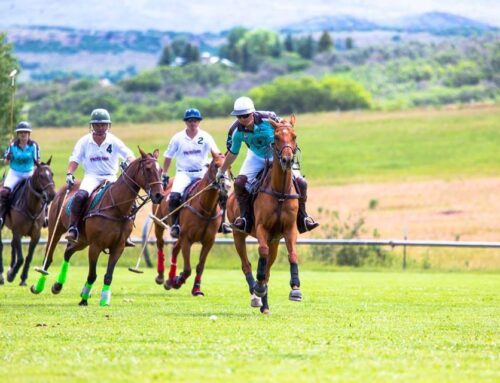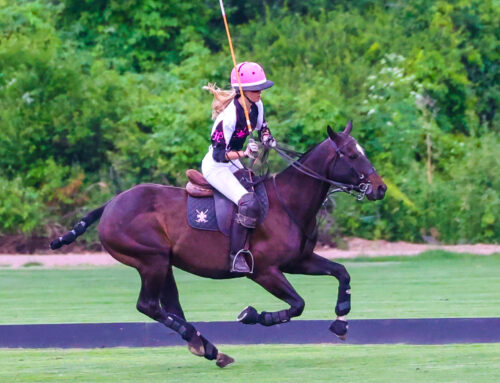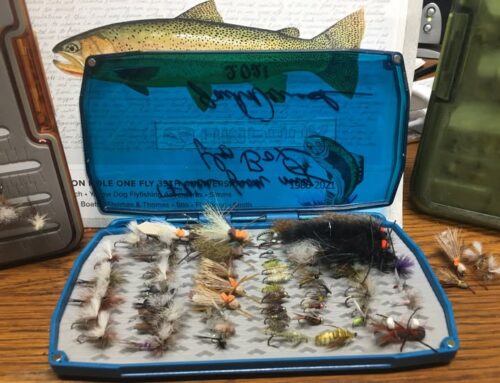Rick Bishop at Western Traditions has been our hat guy for twenty years now. Rick and Diane Bishop own and run Western Traditions, a booth that sells quality cowboy hats, along with cleaning and reshaping most other cowboy hats for just $15. They travel the country with their products and services, setting up at numerous events, including the National Western, Houston Stock Show, Cheyenne Frontier Days and the National Finals Rodeo in Vegas.
Guide to the Different Types of Cowboy Hats from www.langstons.com
Get the skinny on the Western hat with this handy cowboy and cowgirl hat guide. From classic men’s cowboy hats inspired by famous big-screen ropers like John Wayne to traditional Calamity Jane style cowboy hats for women, this guide covers the gamut of Western hat styles.
Types of Cowboy Hats
You may think a cowboy hat is just a cowboy hat, but that’s not so. There are many unique types of cowgirl and cowboy hats for every kind of Western wearer, including:
Cattleman
The most traditional type of cowboy hat, the Cattleman features a trio of top crown creases and a slightly curled brim.
Brick:
The brick cowboy hat is a modified cattleman with a squarer crown. A single, rectangular dimple gives the brick a distinctive top.
Gambler
Worn by gamblers in old Western films, the gambler cowboy hat features a large, fat brim and a flat crown.
Derby
The derby Western isn’t unlike the traditional derby hat in that it features a distinct, dimple-free round crown. Western derbies have long and slightly up-curled brims.
Pinched Front
As the name suggests, a pinched front hat features a sharp V-shaped crown with dual pinches at the front.
Gus
Gus cowboy hats feature high crowns that slope towards the front and three deep dimples on the crown.
Tom Mix
The Tom mix, also called the Ten-Gallon Hat, is the same as the Gus but is larger (hence its 10-gallon moniker) and more dramatic.
Open Crown
Popularized by Stetson in its early days, the open crown cowboy hat features a roomier crown that’s typically rounded and free of dimples.

Cowboy Hat Brands
When shopping for cowboy hats, it’s important to take note of the maker. Long-time cowboy hat brand Stetson is largely considered the originator of the first cowboy hat, called the Boss of the Plains hat, and is credited with popularizing the style in the West. Still in operation today, Stetson is a top-notch choice for high-quality, American-made cowboy hats for men and women alike. Resistol Hats is another fine cowboy hat maker that dates back to the 1920s and offers a huge selection of rugged, long-lasting Western hats. Contemporary brand Peter Grimm Hats focuses on trusted hat-manufacturing methods but makes more modern, trendy cowboy hats.
The Quality is in the X
High-quality fur or fur-blend cowboy hats are often marked with a set of Xes on the underside of the brim to indicate how much fur was used to make the hat. The general rule is the more Xes, the better the quality. Brands like Stetson, and Resistol all mark their cowboy hats with the official X system, so you can trust that these are safe bets immediately. The rating of cowboy hats depends on the materials and methods used. High-end cowboy hats may have up to a 40-100X rating. While fur and fur blend hats are always trusted when it comes to quality, don’t stray away from straw or wool felt cowboy hats if you prefer a more affordable or humane option. Choose natural straw or X-marked wool blend hats for the best quality.
Anderson Bean or Lucchese are Simply the Best Boots
The spur ridge is the defining element of horseman style boots and allows a place for your spur to rest in the correct position so you can effortlessly put it into action. Lucchese has a new store in Denver. Anderson Bean is available from PFI Western in Missouri.
Fish boots
Arapaima (Pirarucu)
Armored Predator of the Amazon
The Arapaima
‘Armored Predator of the Amazon’ from Anderson Bean website
Our unique collection of Arapaima (‘Pirarucu’ in Portuguese) is made from the hides of one of the world’s largest fresh-water fish. The tale of these large fish (which can average over 9 feet in length and weigh over 400 lbs.) is a remarkable success story – as the species went from a threatened to a thriving population, increasing nearly 430%, in just one decade. Key to the success was the demonstration of the species’ commercial value as a culinary item for the top restaurants in Brazil. From there, interest in conservation grew, with strict regulations for prohibiting harvest during spawning season, and protection of their natural habitat.
True to their nickname, the Armored Predator of the Amazon’s hide was tough, but were they soft enough for footwear? Jose Padilla from Black Jack Boot Company worked directly with one of their tanneries to extend the tumbling process to soften the leather. Jose oversaw several iterations of the tanning process to get the softness just right, until finally being satisfied that he had a leather that was not only tough, but incredibly soft, as well. The tanning process is also 100% free from harmful chemicals, nanoparticles, synthetic dyes, and artificial fragrances.
Making use of the hides of these massive fish that are already harvested for their culinary appeal and using a 100% organic tanning process represents not only a sustainable leather, but a true conservation success story, as well. Whether you call them ‘Arapaima’, ‘Pirarucu’, or ‘Big Bass’, they just might be the softest boot you’ll ever wear. We think they look amazing, too!
Roper boots
Where Western style meets European elegance, the roper is a time-tested classic that’s ready to dress up or down. Ropers are as polished as they are weareable: with a lower heel than your traditional cowboy boot, this comfortable fit is beloved by cowboys and first-time wearers everywhere.

|
The ‘Armored Predator of the Amazon’
From Texas Boot Company
True to their nickname, the Armored Predator of the Amazon’s hide was tough, but were they soft enough for footwear? Jose Padilla from Black Jack Boot Company worked directly with one of their tanneries to extend the tumbling process to soften the leather. Jose oversaw several iterations of the tanning process to get the softness just right, until finally being satisfied that he had a leather that was not only tough, but incredibly soft, as well. The tanning process is also 100% free from harmful chemicals, nanoparticles, synthetic dyes, and artificial fragrances. Making use of the hides of these massive fish that are already harvested for their culinary appeal and using a 100% organic tanning process represents not only a sustainable leather, but a true conservation success story, as well. Whether you call them ‘Arapaima’, ‘Pirarucu’, or ‘Big Bass’, they just might be the softest boot you’ll ever wear. We think they look amazing, too!  |
If you have to buy online, then the Cow Lot and Greely Hat Works are reputable options for hats and Cavender’s and Kleinschmeit’s are good for boots and apparel. King Ranch Saddle Shop has some high end items as well. Lucchese or Anderson Bean make the best boots.

